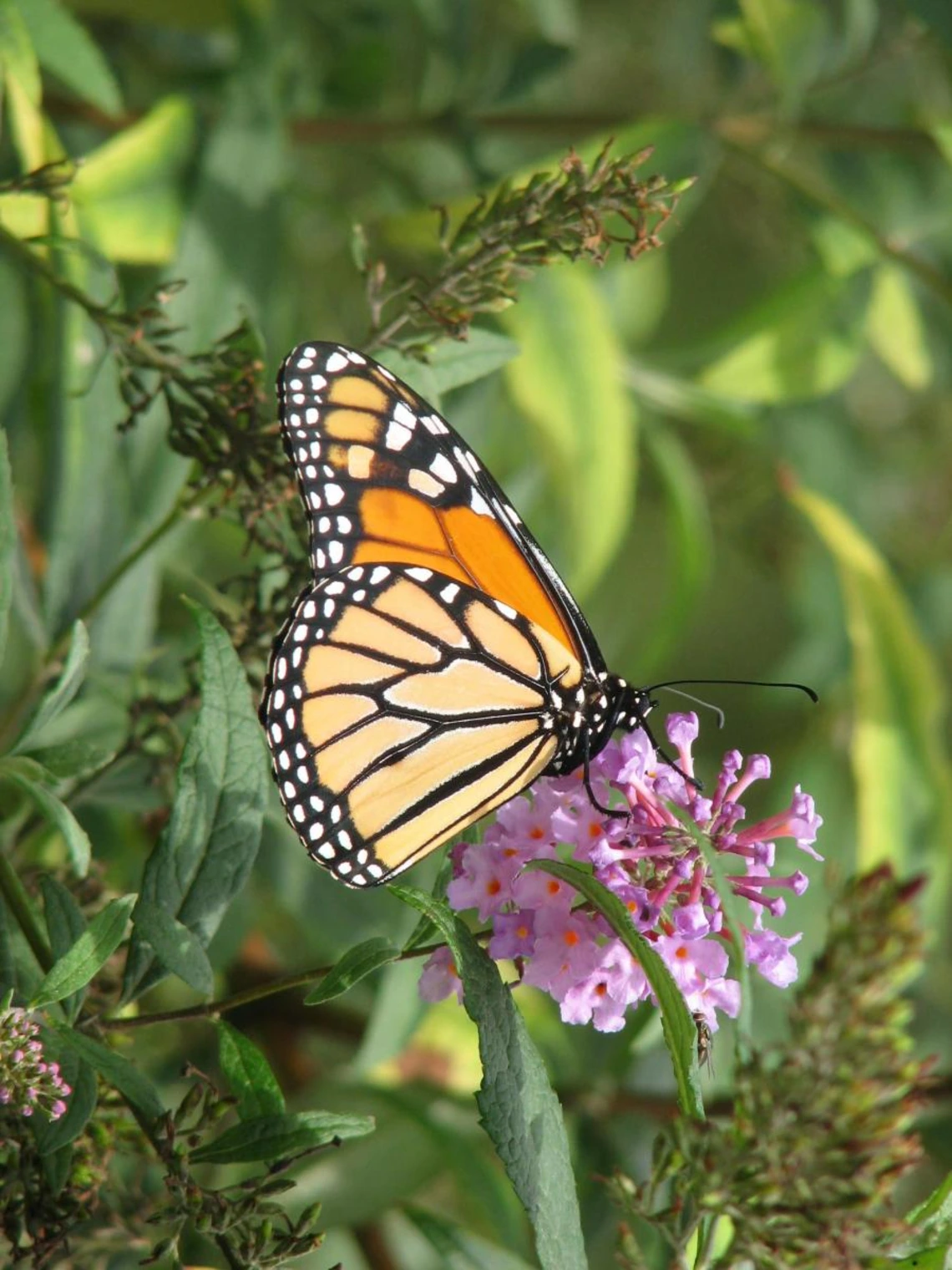UA Scientists Play Crucial Role in Saving America's Most Iconic Butterfly

Assistant Professor Laura Lopez-Hoffman is among the UA scientists playing a key role in an unprecedented effort to save the monarch, America's most iconic butterfly.
Each fall, millions of monarchs follow an internal compass guiding them along a route from the Great Plains in the U.S. to a patch of forest in the mountains about 70 miles west of Mexico City, clinging to trees in fluttering clusters of black and orange.
While overwintering monarchs covered 45 acres of forest in 1996, that area shrunk to a little more than a football field-size area in 2013, according to data collected by the World Wildlife Fund. Once blamed on deforestation in the Mexican wintering grounds, the catastrophic decline has recently been shown to be due to the disappearance of milkweed plants, which have declined by 58 percent in Plains states from 1999 to 2010. During the same time, monarch populations dropped 81 percent. An estimated 1.5 billion milkweeds have likely been lost from the summer breeding grounds in the Midwest and Southwest over the last two decades, according to Gary Nabhan.
Along their migration path, which the monarchs complete over three to four generations, the butterflies depend on a steady supply of these plants, whose numbers have been dwindling in the wake of intensive farming. Following incentives of the Farm Bill signed into law earlier this year, many farmers plant biofuel crops on formerly fallow lands that played important roles as native habitat, and the more widespread use of herbicides has dealt further blows to the butterflies' food supply.
Lopez-Hoffman, who also is an assistant research professor at the UA's Udall Center for Public Policy Studies, has assembled a research group at the UA, including Ruscena Wiederholt, an assistant research scientist in SNRE, that will help improve management practices to support monarch populations.
"We are going to develop a computer simulation of how the migration occurs, and that will help us understand where the loss of habitat is particularly causing problems," said Lopez-Hoffman, who is also an assistant research professor at the Udall Center for Public Policy Studies.
The monarch recovery plan calls for replanting milkweed along the migratory routes.
"The idea is to build corridors for monarch migration," Lopez-Hoffman said. "Right now, there are too many open questions. For example, where should the milkweed plants be located along the route, and how far apart do they need be spaced so the butterflies can find them? Our simulations will hopefully provide answers."

